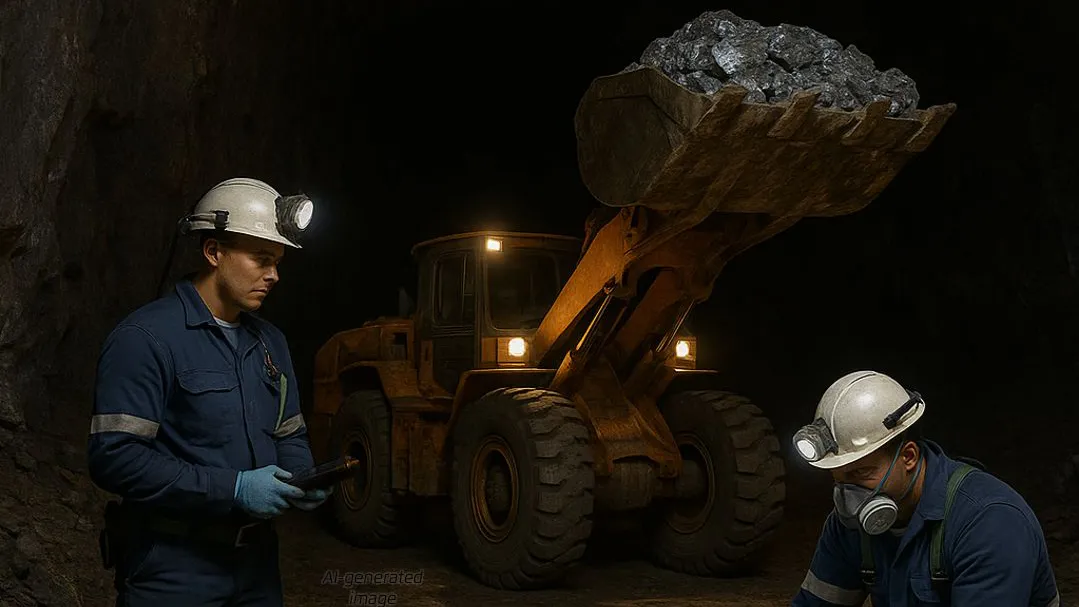Tharisa Minerals Reports Strong Growth in PGM and Chrome Output

Tharisa boosts Q4 PGM and chrome output as it advances its strategic transition to underground mining, reinforcing growth and sustainability in South Africa.
Tharisa Minerals has delivered another strong performance in its fourth quarter, reporting notable increases in both platinum group metals (PGM) and chrome production. The company’s latest results reflect steady operational improvements in mining, milling, grade, and recovery efficiencies, underscoring its disciplined approach to productivity and cost control. These gains come as Tharisa advances its strategic transition toward underground mining, a move designed to enhance long-term sustainability, reduce environmental impact, and maximise value from its world-class mineral resource base.
In the fourth quarter, PGM production rose 19.7 percent to 41,300 ounces, up from 34,500 ounces in the previous quarter. Chrome output also improved by 2.9 percent, reaching 407,200 tonnes compared to 395,700 tonnes in Q3. This performance was supported by improved ore quality and enhanced metallurgical recovery, reflecting the benefits of ongoing optimisation initiatives across Tharisa’s operations. The company’s integrated approach to mining and processing continues to strengthen its ability to deliver consistent output, even amid market fluctuations in commodity prices.
A key strategic focus for Tharisa is its phased transition to underground mining, which is now progressing at the west pit, with steady-state production targeted for fiscal year 2029. Development of the east pit portal is also underway and is expected to achieve steady-state operations by FY2033. The first ore from underground development is scheduled for production in the second quarter of 2026, marking a significant step in transforming Tharisa’s operational profile. The underground strategy aims to extend the mine’s life, improve ore recovery, and enable mechanised, cost-efficient mining practices while reducing surface disturbance and carbon emissions.
Tharisa CEO Phoevos Pouroulis described the underground shift as a decisive move to “future-proof” the company’s operations. By transitioning from open-pit to underground mining, Tharisa is positioning itself for multi-generational growth, capitalising on its substantial resource base and aligning with global trends toward more sustainable and technologically advanced mining models.
This continued production growth and strategic reorientation reinforce Tharisa’s role as a key contributor to South Africa’s PGM and chrome sectors, both critical to the country’s mining economy. The success of its underground transition will serve as a benchmark for responsible resource management in the region, demonstrating how operational innovation and sustainability can drive long-term competitiveness in Africa’s evolving mining landscape.
Mini-Glossary
- PGMs (Platinum Group Metals): A group of six precious metals including platinum, palladium, and rhodium, widely used in catalytic converters and industrial applications.
- Ounce (oz): A standard unit of measurement for precious metals; one troy ounce equals about 31.1 grams.
- Recovery Efficiency: The percentage of valuable metal successfully extracted from ore during processing.
- Underground Mining: A method of extracting ore through tunnels and shafts below the surface, used to access deeper deposits.
- Mechanised Mining: The use of modern machinery and automation to improve productivity and safety in mining operations.
- Steady-State Production: The phase when a mining operation achieves its planned, consistent production levels.
